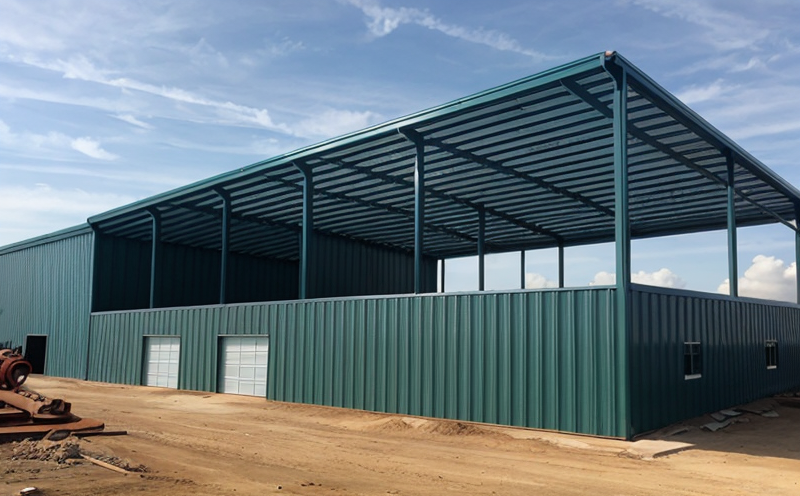Smoke Density Chamber Analysis Test
The Smoke Density Chamber Analysis Test is a critical procedure used to evaluate the smoke production characteristics of materials and products. This test measures how much smoke is generated by a material under specific conditions, which is essential for ensuring fire safety and compliance with international standards.
In a smoke density chamber, samples are exposed to a controlled environment where they are subjected to heat and flame. The amount of smoke produced is then measured using optical sensors that detect the light scattered by the smoke particles. This data helps manufacturers understand how their products perform in real-world fire scenarios, allowing them to make informed decisions about material selection and design improvements.
The test follows ISO standard 13950-2:2007 for materials used in buildings. It is particularly important for sectors such as smart home devices, where the integrity of structural components and electronic enclosures must be maintained even under fire conditions. Compliance with this test ensures that products meet stringent safety requirements.
For steel products and structures, understanding smoke density is crucial for assessing their resistance to heat and flame spread. This information is vital for quality managers, compliance officers, R&D engineers, and procurement teams who need accurate data to ensure product safety and regulatory compliance.
Why It Matters
The Smoke Density Chamber Analysis Test plays a pivotal role in ensuring the fire safety of products and structures. By measuring smoke production, this test helps manufacturers identify materials that may contribute significantly to smoke generation during fires. This is particularly important for smart home devices where the integrity of components could impact both performance and user safety.
- Enhanced Fire Safety: Ensuring that the products do not generate excessive smoke can prevent the spread of fire and protect occupants from toxic fumes.
- Compliance with Standards: Adhering to international standards like ISO 13950-2 helps manufacturers ensure their products meet regulatory requirements, thus avoiding costly recalls or product bans.
- Informed Decision Making: Understanding the smoke density characteristics of materials allows R&D teams to innovate and improve product designs for better performance and safety.
- Customer Trust: Demonstrating compliance with fire safety standards builds trust among customers, especially in high-risk environments like smart homes.
The test is not just a regulatory requirement but also a critical tool for enhancing product reliability and ensuring customer satisfaction. By incorporating this test into their quality assurance processes, manufacturers can ensure that their products meet the highest safety and performance standards.
Benefits
The Smoke Density Chamber Analysis Test offers numerous benefits to various stakeholders within an organization:
- Informed Product Development: Provides detailed insights into material behavior under fire conditions, aiding in the development of safer and more reliable products.
- Compliance Assurance: Ensures that all products comply with international standards like ISO 13950-2, reducing the risk of non-compliance issues.
- Risk Management: Identifies potential risks early in the design process, allowing for timely mitigation strategies to be implemented.
- Enhanced Reputation: Demonstrating a commitment to product safety and compliance enhances the company's reputation among customers and stakeholders.
The test also supports the broader goal of improving fire safety across industries. By reducing smoke emissions, manufacturers contribute to safer environments for all users. This is particularly important in sectors like smart home devices where the integrity of components can directly impact user safety.





